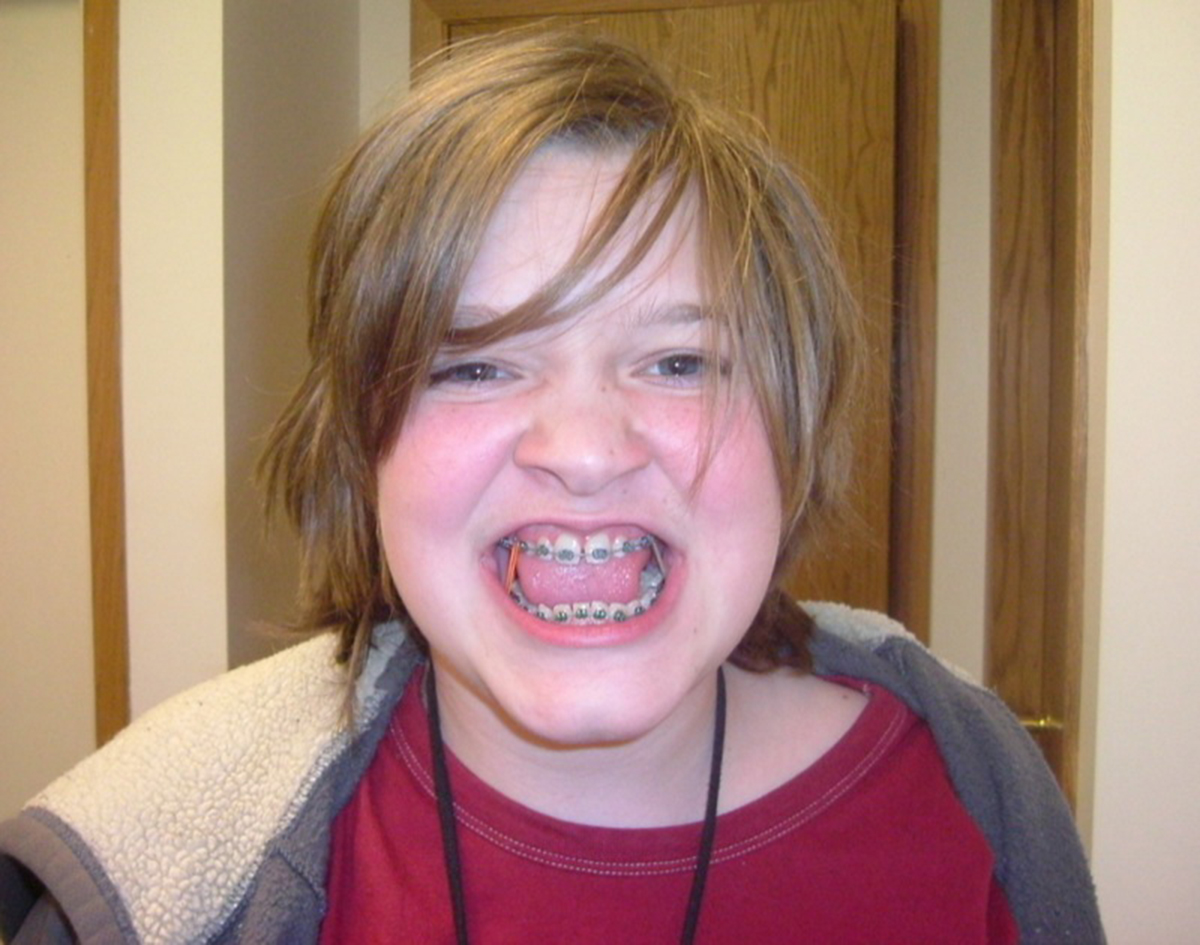Most people think that the only reason braces need to be put on their children’s teeth is for cosmetic correction. It is hard to blame them for this line of thought, as this is what is portrayed and taught to them by the general population around them.
Yes, cosmetic irregularities are corrected during the course of orthodontic treatment; however there can be instances when an occlusion may look cosmetically acceptable but be functionally detrimental to the child. These are certain instances where braces address a medical purpose rather than a cosmetic one.
Often times, the orthodontic treatment that is carried out includes the use of functional devices that serve to train the patients and help them get rid of deleterious habits.

Braces For Sleep Apnea
There are many reasons why children may suffer from sleep apnea, ranging from enlarged adenoids to a deviated septum. One of the things that should also be investigated is the presence of an occlusal disturbance that is contributing to the disease. This is seen more commonly in children where the development of the lower jaw has not taken place as expected. The overall treatment plan includes an orthodontic correction of the offending malocclusion.
Braces To Aid Jaw Development
Getting orthodontic treatment can help boost jaw development during the age of skeletal growth. This can be invaluable to the patient in the long run, and requires the use of intra oral and/or extra oral devices.
While in most children jaw development takes place within normal parameters, there are a few who require a helping hand. The causes of poor jaw development could be an injury sustained during early life, the presence of certain syndromes like Kleinfelter syndrome, or there may be no apparent reason at all.
It also has a much larger impact on the overall development of the child. If orthodontic treatment is given at the right time, the need for expensive orthognathic surgery could be avoided, although, that is sometimes needed even after orthodontic treatment has been provided. Our jaws and teeth provide support to the lips, cheeks and guide the development of the nose as well and so a discrepancy in their development affects each and every associated structure as well.
Correcting A Deep Bite With Braces
This is one of those conditions where the teeth appear to have erupted relatively normally. The parents might not be able to appreciate the malocclusion that exists, since it does not immediately appear obvious.
Our upper and lower teeth are supposed to overlap each other vertically. This overlap, ideally, should be about 2 milimeters. Very few people have ideal teeth and the presence of a bite that deviates from perfect is not enough reason enough to undergo treatment, however long-term studies have found that people who have a deep bite are much more likely to have a traumatic occlusion.
READ Dental Braces For Adults: What Do You Need To Know?
The doctor will make a note of the malocclusion and look for any signs of trauma on the teeth, otherwise there is no need for treatment.
Habits And The Role Of Interceptive Orthodontics
Tongue Thrusting And Thumb sucking
Tongye thrusting and thumb sucking are two of the most common habits that children get into and the ones that have the most impact on long-term development of the occlusion. Now, there are various theories which are put forward as to why children get into these habits at all, however that is not our concern at the moment. Whatever the reason may be, if this habit persists beyond an early age, it can cause a lot of damage to the teeth.
A child with uncorrected tongue thrusting will have sharply proclined upper and lower front teeth. This will also affect speech development and cause the child to not be able to pronounce certain sounds.

Thumb sucking is even more disastrous for the occlusion. The typical signs include an open bite, where the upper and lower front teeth remain open even after complete closure, incompetent and poorly developed lips, excessive loads on the posterior teeth and proclination of the front teeth as well.
The orthodontist will most likely use fixed intra-oral devices which prevent the tongue from protruding outwards or the thumb from being able to make contact with the palate. Parents should be aware that these appliances are extremely uncomfortable for children in the beginning. These habits are deep rooted and have a psychological component to them as well, so there is bound to be irritability at being forcibly denied to continue these habits.
The adjustment period varies from child to child and it can rang from a few weeks to a few months. It is however very important that these habits be controlled and intercepted as early as possible. Also, it is not possible for successful orthodontic treatment to take place until these habits have been eliminated. In some cases permanent retention has to be employed to ensure that the dentition does not relapse into a state of poor occlusion.
An Inability To Maintain Hygiene
Patients can have a hard time maintaining an acceptable level of oral hygiene thanks to minor crowding or discrepancies present in the occlusion. This acceptable level of hygiene is different from individual to individual and is viewed by the dentist as an absence of disease. The immune response of a particular individual makes it impossible to quantify what constitutes as an acceptable level of hygiene.
Interceptive orthodontics actually works on the principle of recognizing the signs of disease caused by occlusal disturbvances early and correcting them even before all the permanent teeth have erupted into the mouth. Its significance and importance is being recognized by the dental profession and is being adopted as a practise in more and more clinics around the world.
READ How To Straighten Your Teeth Without Braces
Conclusion
Orthodontics is more than just about giving a person the perfect set of teeth. It is about encouraging the development of a healthy and easily maintainable occlusion that functions properly over a long period of time. Meeting your dentist at regular intervals can help early detection of these problems and allow them to be treated as soon as possible.
- Photo courtesy of Aine D via Flickr: www.flickr.com/photos/dainec/59778603
- Photo courtesy of tompagenet via Flickr: www.flickr.com/photos/tompagenet/11519865645

